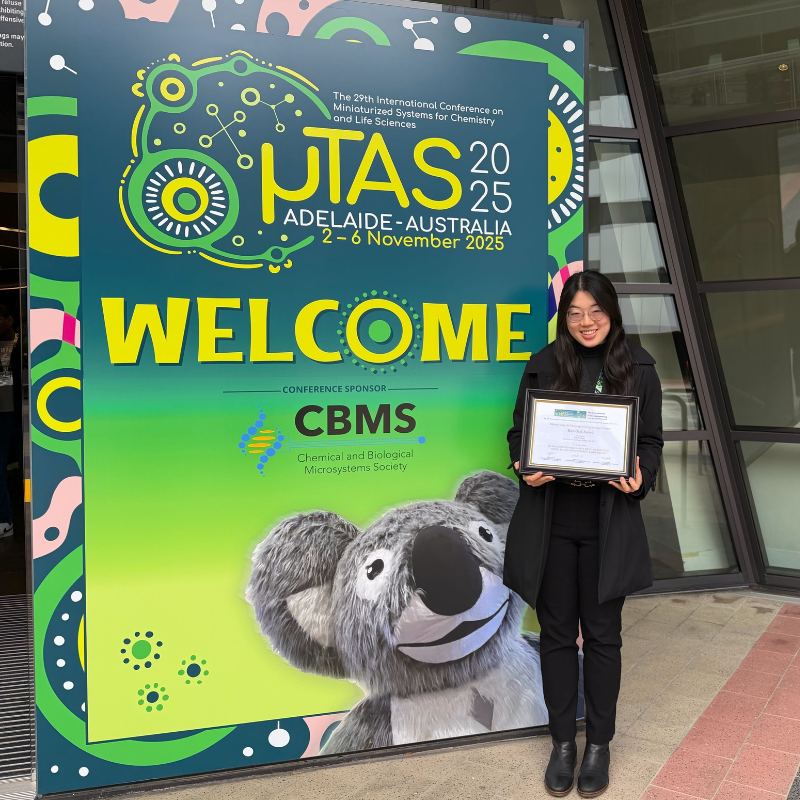News Story
Micro-Knife-Edge Techniques for Sealing of Microfluidic Systems (ISR IP)
For more information, contact ISR External Relations Director
Jeff Coriale at coriale@umd.edu or 301.405.6604.
Inventors:
Theresa Michele Valentine, Gary Rubloff, Reza Ghodssi, Jung Jin Park
U.S. Patent: 7,375,404
Description
Researchers at the University of Maryland, College Park, have developed an invention that relates to fabrication of leak-tight microfluidic systems for biomedical and other applications. A major technical challenge in microfluidics is to achieve design and fabrication strategies that enable simple or complex networks of fluid channels to be accomplished in a leak-tight fashion. The micro-knife-edge designs have potential to dramatically enhance the robustness and reliability of the fluidic sealing. With rapidly growing interest in microfluidic applications and the apparent absence of robust solutions to this problem, we believe this invention could have major value.
The micro-knife-edge technique allows a microfluidic system (channels, reservoirs and electrodes on a patterned substrate) to be clamped in a leak-tight, water-level "packaging" with fluid inlets and outlets and electrical connections. In conventional approaches, one would seal the fluidic network (except for peripheral fluidic inputs and outputs) either using a permanent bonding on a top layer over the microfluidic channels or using a compressible gasket of some sort. The former has drawbacks in that it cannot be disassembled. The latter has drawbacks in that sealing is not robust, because it is difficult to achieve enough deformation force at all points surrounding the microfluidic channels.
The addition of micro-knife-edges to the wafer design, however, provides localized force on the gasket material close to the fluid flow path and creates a much better seal. A similar "knife-edge" seal is used at a macro-scale in vacuum systems, where a metal gasket is compressed by sharp edges on a flange to seal a vacuum chamber. The scope of the invention is for sealing of microfluidic devices when wafer-level packaging (i.e., allowing a wafer to be dropped into a packaging device immediately after processing with all fluid and electrical connections pre-set) is desired. Because of the small size of the microchannels, nonuniformities and bowing in the packaging can easily lead to leakage. However, the additional force applied to the gasket by the micro-knife-edge allows the channels to seal adequately for fluid flow to occur.
For more information
If you would like to license this intellectual property, have questions, would like to contact the inventors, or need more information, contact ISR External Relations Director Jeff Coriale at coriale@umd.edu or 301.405.6604.
Find more ISR IP
You can go to our main IP search page to search by research category or faculty name. Or view the entire list of available IP on our complete IP listing page.
ISR-IP-Ghodssi ISR-IP-Rubloff ISR-IP-nano ISR-IP-MEMS
Published June 22, 2007









